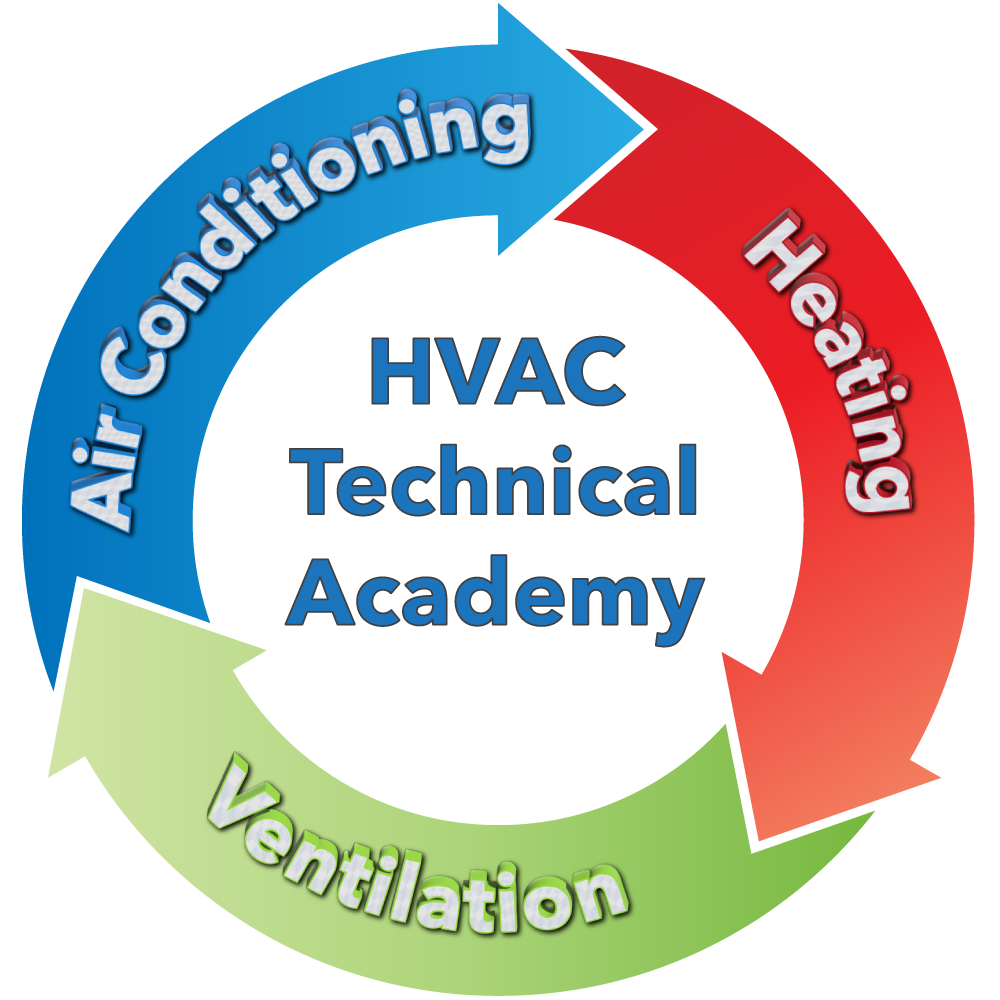Safety is key to success in the HVAC Industry. A simple miscue on a ladder or improper lift could end your career. Recognizing the importance of safety, day one is dedicated to proper lifting and ladder climbing techniques.
As the photos show, all participants made it to roof safely. To complicate things, each carried a 25-pound tool bag filled with tools of the trade.
Looking forward to being part of this journey.
We are a training facility where “Learn by Doing” defines our approach to get YOU on a career path. Background friendly, HVAC Technical Academy partnered with 2nd Chance University and to assist ALL desiring personal and professional success.
Danny
407-878-0474
2nd Chance University
HVAC Technical Academy
Sanford, Florida
Email: info@HVATA.com


 2025: 2CU, HVACTA, Tropical Air of Central Florida Party
2025: 2CU, HVACTA, Tropical Air of Central Florida Party





